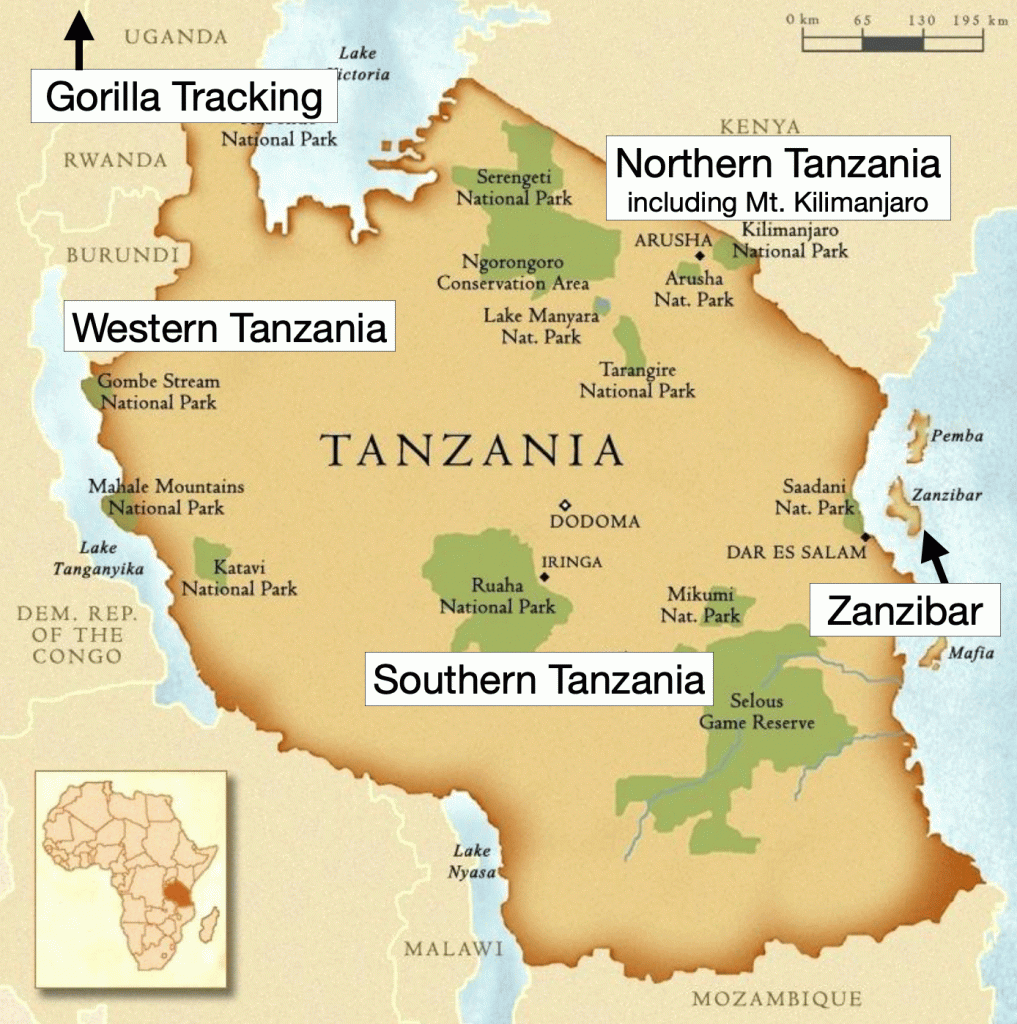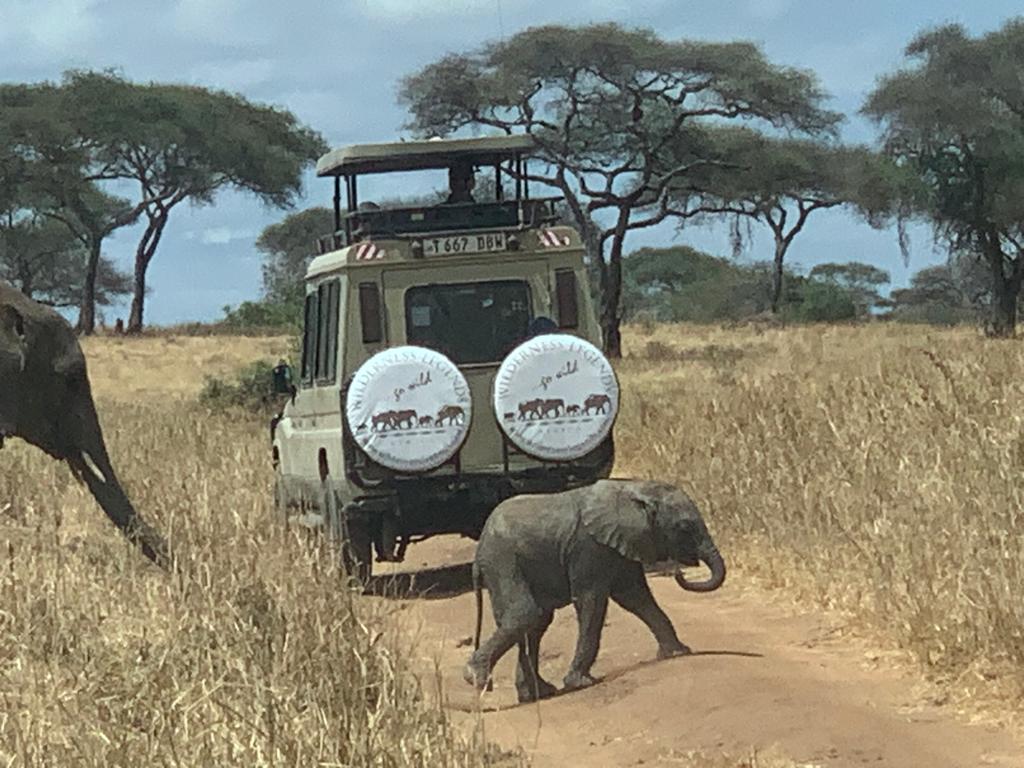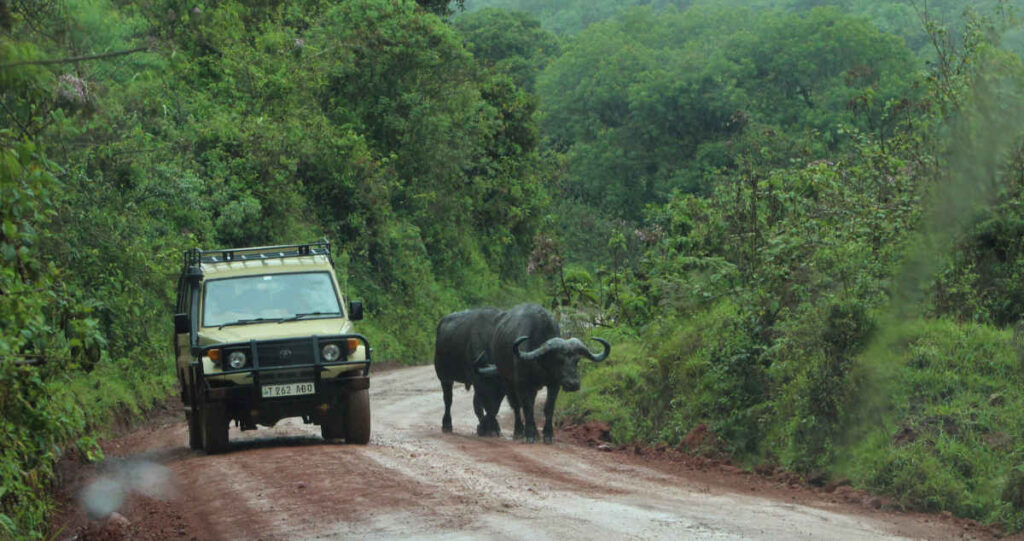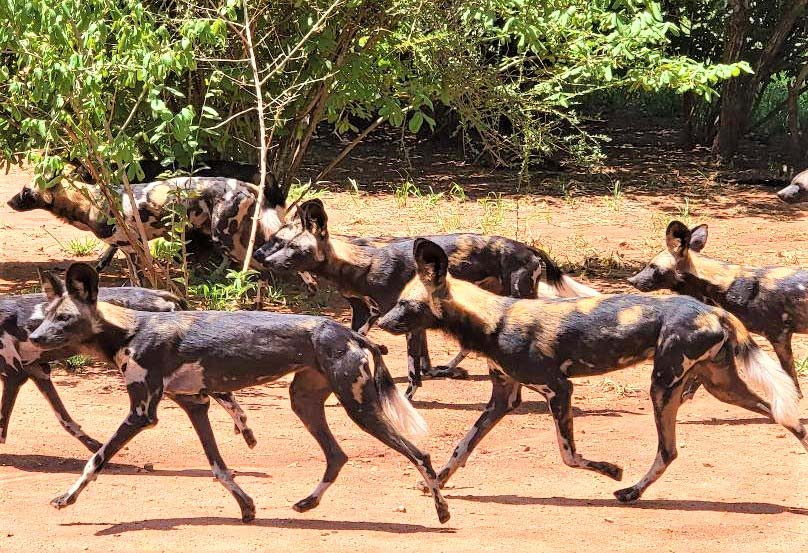Phone:
+255 754 858 682 (TZ)
+1 239 289 5070 (USA)
Email: [email protected]











The southern Tanzania safari offers a wide range of habitat and adventure for the safari goer, and is often the destination for a second-time visitor to Tanzania. Mountains and forest, vast savannahs, and the mighty Ruaha and Rufiji rivers, provide a range of experiences not to be missed.
Nyerere National Park is Africa’s largest game reserve. This vast area of land near Tanzania’s coast is famous for its boating safari; river journeys that include large amounts of hippos and crocodiles, and fishing for Tiger Fish, considered to be the finest freshwater fighting fish. The southern Tanzania safari is also considered to be the finest destination in Tanzania for walking.
Being the largest wilderness area in Africa, Nyerere National park has relatively undisturbed ecological and biological processes, including diverse range of wildlife with significant predator and prey relationship.

Not to be missed are two smaller areas, Mikumi National Park and Udzungwa Mountains National Park.
Mikumi is decorated with superbly scenic plains and baobab trees, and home to a wide range of animals and birds. Endowed with this spectacular concentration of wildlife (including the big five), you may also see the magnificent Sable antelope, African hunting dog, blue wildebeest, and Lichtenstein’s hartebeest, rarely seen in other parks. The gentle foothills and vast miombo woodland savanna in the southern parts of the park are quite spectacular.
A typical southern Tanzania safari might take you to The Udzungwa Mountains are well known for excellent hiking, mountain climbing and forest walks. Stretching across the Eastern Arc Mountain range, Tanzania’s Udzungwa Mountain National Park supports diverse wildlife, including elephant, buffalo, lion, leopard, African wild dog and eland. Six species of primate are found here and two are endemic, the Iringa red colobus monkey and the Sanje crested mangabey monkey. This remote highland reserve spans almost 800 square miles, with tropical rainforest, grasslands and steppe, and beautiful waterfalls rich in primate and bird habitat.

Ruaha National Park is truly a wild destination. Few tourists are here, and you won’t see many vehicles while out on your game drives. What you may see, however, are buffalo, elephant, warthog, giraffe, kudu, dikdik, mongoose, bushbuck, reedbuck, baboon, mongoose, bushbuck, reedbuck, baboon, hippo, zebra and a large population of lions. The landscape is dramatic and spiky palm trees dot the horizon along with the magnificent baobabs. This is wild Africa at its best!
The town of Iringa is a natural stopping point for a night or two while in transit to the various parks. Sitting on a cliff overlooking the Ruaha river Valley, the streets are quiet and peaceful, and the market offers a colorful scene of traditional African culture. The town center has German colonial buildings and museums, and a popular traditional market.
Nearby is Isimila Stone Age Site, a pre-historic settlement located just outside of Iringa Town. A dramatic landscape of eroded sandstone pillars, archaeologists unearthed one of the most significant Stone Age finds ever identified. Tools found at the site – hammerstones, axeheads, flints and scrapers – are estimated to be between 60,000 and 100,000 years old. The site is home to the Middle Pleistocene archaeological site. Although no human bones have been found at the location, Isimila provides a special view into Middle Pleistocene Hominid behavior. The site is a registered National Historic Site.
Eight to twelve days is recommended to visit these areas during the southern Tanzania safari. However, flights are available between many of the parks should you wish to see everything in a shorter time period.
Please contact us to begin planning your safari experience

Site by Emasai